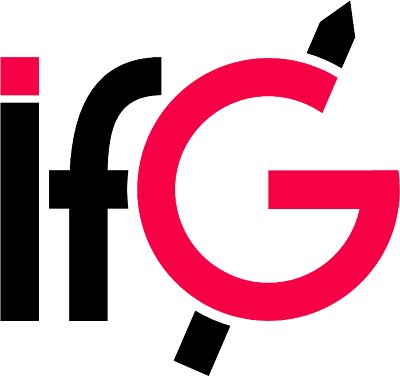GARFIELD - New GNSS services and innovative processing procedures for target group-specific applications
A robust and precise satellite-based positioning by means of Global Navigation Satellite Systems (GNSS) (e.g. GPS, Galileo, GLONASS, ...) is not only an indispensable instrument today, but will also become more and more important in the future. Currently, there are already 170 organizations in Austria that actively use GNSS in a wide variety of applications. This users can choose, in addition to different GNSS - i.e. GPS, Galileo, GLONASS, BeiDou and any augmentation systems (e.g. EGNOS, QZSS) - from a wide variety of possible processing methods (e.g. Single Point Solution, PPP, DGNSS, RTK).
Regional GNSS networks have become more and more important in the last 10 years. Be it for the provision of DGNSS or RTK data, networks for time synchronization, or interference monitoring. Current GNSS networks consist of wide and expensive ground stations. For operators and users of GNSS networks, hardware replacement to use new signals or features is usually the limiting factor. A new approach to improve scalability and configurability and reduce costs while maintaining compatibility with traditional GNSS stations is the use of Remote Radio Head (RRH) sensors. With RRH, the signals are analog-to-digital converted already at the antenna and then transmitted to a server via a network connection (LAN, FO, etc.). The actual signal processing then takes place there by means of a software-based receiver. Due to the SDR, this is an extremely flexible and highly configurable solution. It reduces the necessary hardware to a minimum, enables rapid upgrades through software and allows new cooperative processing strategies to be implemented. The RRH concept thus represents an innovative and future-proof solution and follows the trend "monitoring network-as-a-service". Within the project GARFIELD - New GNSS services and innovative processing procedures for target group-specific applications - possible concepts from the Galileo HAS will be investigated against the background of the requirements of the Austrian stakeholders and users. The developed software modules will be available to Austrian users in the form of open-source software so that they can carry out tests with the HAS themselves.
The main goal of Garfield is to bring the information and knowledge gained from the investigations to the Austrian stakeholders and users and to communicate the added value of the services (e.g. HAS, ...) or processing methods (e.g. RRH concept, ...) and thus create sustainable contributions to the application possibilities of GNSS. For this purpose, not only various events and workshops, but also web content and webinars by leading GNSS experts from the Technical Universities of Graz and Vienna will be organized beyond the project period.
Acknowledgements

This project is funded by the Austrian Promotion Agency (FFG) within the programme line "ASAP".
References
Philipp Berglez
Steyrergasse 30/II
8010 Graz
Austria
Tel: +43/316/873-6830
pberglez@tugraz.at
Stefan Laller
Steyrergasse 30/III
8010 Graz
Austria
Tel: +43/316/873-6834
Fax: +43/316/873-8888
s.laller@tugraz.at
